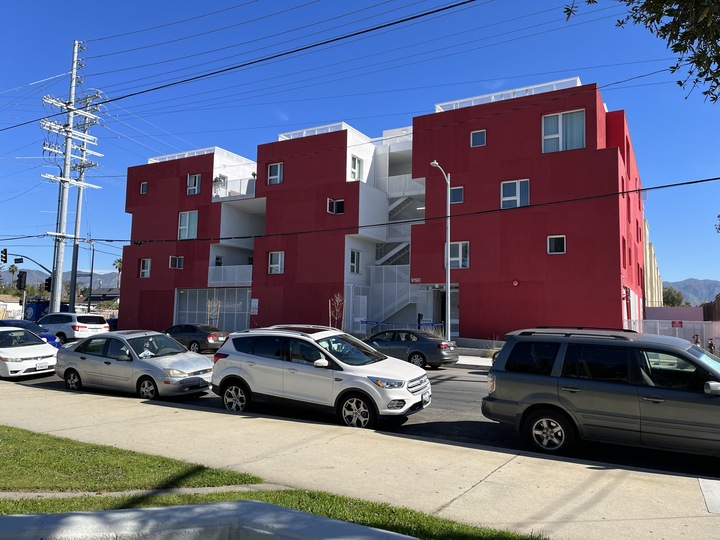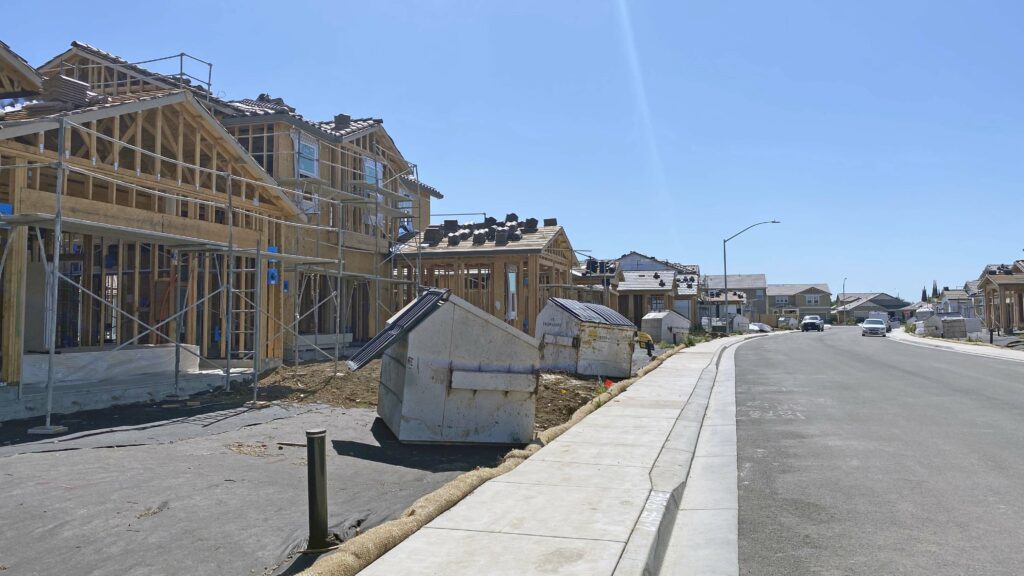
Credit: Lisa Fotios/Pexels
In California, where affordable housing is increasingly difficult to find, youth exiting the foster care system disproportionately face higher rates of homelessness, according to CalYOUTH, a study on foster youth conducted from 2012 to 2022.
Two federal programs, the Family Unification Program (FUP) and the Foster Youth to Independence Initiative (FYI), work to reduce these rates of homelessness by providing targeted housing vouchers commonly referred to as Section 8.
But FUP and FYI vouchers go largely underutilized in California, according to a recent report from John Burton Advocates for Youth, or JBAY, a nonprofit focused on supporting California foster and homeless youth.
According to the authors of the report, child welfare agency representatives from 37 of the state’s 58 counties responded to the survey, and the counties that responded are in charge of 93% of the state’s FUP and FYI vouchers for eligible young people.
The results from the survey provide critical insight into these two housing vouchers for former foster youth, such as how often they are being distributed and various challenges with more widespread issuance. Some of those challenges include a lack of awareness regarding recent policy changes that simplify the voucher distribution process and insufficient funding for the supportive services offered in coordination with the voucher.
This quick guide provides insight into what the FUP and FYI programs are, how the housing vouchers can be accessed, the challenge of California’s current housing climate, and where additional information can be found.
What do the FUP and FYI housing vouchers provide?
Both the Family Unification Program and the Foster Youth to Independence Initiative vouchers provide eligible youth with up to three years of housing assistance, plus additional support such as locating available housing and covering some move-in costs. The housing vouchers, known commonly as Section 8, pay for all or part of the youth’s rent.
A three-year voucher can be extended for an additional two years if the youth meets certain criteria. Those criteria include opting into a Family Self-Sufficiency program if one is offered by the local public housing authority issuing their voucher. In an FSS program, these youth can receive additional support services, including child care, job training and transportation. If a family self-sufficiency program is not offered, or if it’s impacted, youth can also meet the criteria by fulfilling education or employment conditions.
More detailed information regarding those education or employment conditions can be found on Page 9 of this report.
Who is eligible for the FUP and FYI?
The Family Unification Program, or FUP, was established in 1992 and provides housing vouchers for families involved in the child welfare system and for transition-age former foster youth.
The Foster Youth to Independence Initiative, or FYI, launched nearly three decades later in 2019, is specific to transition-age youth leaving the foster care system.
In order to qualify for both programs, transition-age foster youth must be between the ages of 18 and 24 and cannot have reached their 25th birthday. Additional eligibility requirements include having exited the foster care system or being about to do so within 90 days and being homeless or at risk of homelessness at age 16 or above.
It should be noted that transition-age foster youth age ranges might be different for other services, depending on the specific resource and the person’s location. In Santa Clara County, for example, some foster care transition services are available for 15-year-olds, while the city of San Francisco offers support for some former foster youth up to age 27.
How many youth have been administered housing voucher?
There has been a 54% increase in vouchers administered in the past two years: from 870 in 2021 to 1,341 as of Oct. 1, according to the JBAY report.
Why don’t more eligible California youth have a housing voucher?
There are multiple reasons for these housing vouchers being largely underutilized in California.
One key challenge is that not every county chooses to participate in the FUP and FYI voucher programs. While those youth may likely still be eligible for other state or county-funded housing support, such programs are hard to get because they are utilized at higher rates.
Additionally, the FUP and FYI vouchers are linked with offering supportive services and, despite new designated allocations to cover those supportive services, the costs remain prohibitive.
Some county representatives are also unaware of key details that would facilitate the issuing of more vouchers. For example, about 65% of county child welfare agencies remained unaware that vouchers can be extended from three to five years for all youth with a voucher. Plus, recent federal policy changes have simplified the process that county agencies must follow when requesting certain vouchers, but many of the county representatives interviewed in the JBAY survey were unaware of those changes.
How long does it take for youth to find adequate housing if they are administered a FUP or FYI voucher?
The length of time for identifying housing ranges from less than one month to over six months, with 45% of California counties that responded to the survey indicating that the average search was one to two months. The range includes the beginning of the housing search to the moment the housing is secured.
Finding adequate and affordable housing in California is increasingly one of the most significant barriers to using or even issuing the vouchers. Transition-age foster youth are particularly susceptible to this challenge, as they often have little to no income to rely on, no rental history and are less likely to have a co-signer to rely on.
How can transition-age foster youth apply for FUP and FYI housing vouchers?
If a transition-aged former foster youth thinks they might be eligible for a FUP or FYI voucher, they should connect with their child welfare or independent living worker. A direct point-of-contact for their county, if they offer vouchers, can be found at this link.
Their local public child welfare agency makes the referral to the public housing authority and certifies whether the youth is eligible, based on their history in the foster care system.
If the youth is eligible and the housing authority has FUP vouchers, that’s the type of voucher offered to the young person. Otherwise, an FYI voucher is requested from the federal Department of Housing and Urban Development. Once housing is secured, the FYI voucher is administered to the landlord.
Where can additional resources and information be found regarding housing vouchers for transition-age foster youth?
Those potentially eligible for a FUP or FYI housing voucher can find contact information for their county on this spreadsheet compiled by JBAY.
This fact sheet by the Youth Law Center provides an overview of the housing resources available in California for current and former foster youth.






